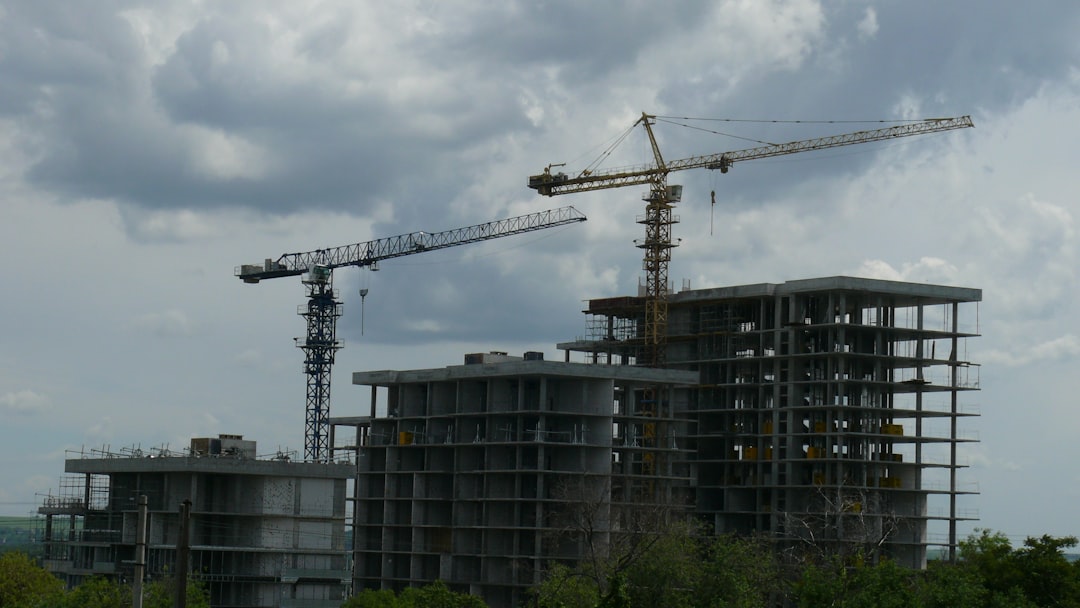
For residential builders in Birmingham, sod installation is a crucial step in enhancing curb appeal. In 2025, typical costs for sod installation range from $225 to $335 per 500-sq-ft pallet, depending on the turf type. CountBricks provides real-time pricing and estimates, ensuring you stay within budget and avoid costly overruns.
Every builder faces challenges with sod costs due to factors like local turf species, seasonal availability, and delivery distances. CountBricks integrates live supplier pricing and labor rates into every estimate, eliminating unexpected costs.
Here are the expected costs for sod installation in Birmingham:
These costs include light grading and initial watering. Additional services like soil import or irrigation installation are separate.
Coordinate sod installation with other trades to avoid damage. CountBricks helps schedule tasks to prevent rework and additional costs.
Create a project at CountBricks.com and use voice commands to capture yard specs. Get precise budgets and faster project completions.

A developer used CountBricks to manage budgets on a six-home project in Birmingham's Crestwood neighborhood. Previous projects exceeded landscape allowances, but CountBricks helped streamline costs and scheduling.
Using voice commands, the superintendent marked lawn areas and noted site conditions, which auto-populated the project estimate.
CountBricks detected a price increase in Zoysia and alerted the builder, who switched to Bermuda, saving $4,700.
CountBricks' timeline view helped adjust schedules to avoid overlapping trades, preventing damage and additional costs.
CountBricks provides the data and scheduling tools needed for successful sod installation. Visit CountBricks.com to learn more.